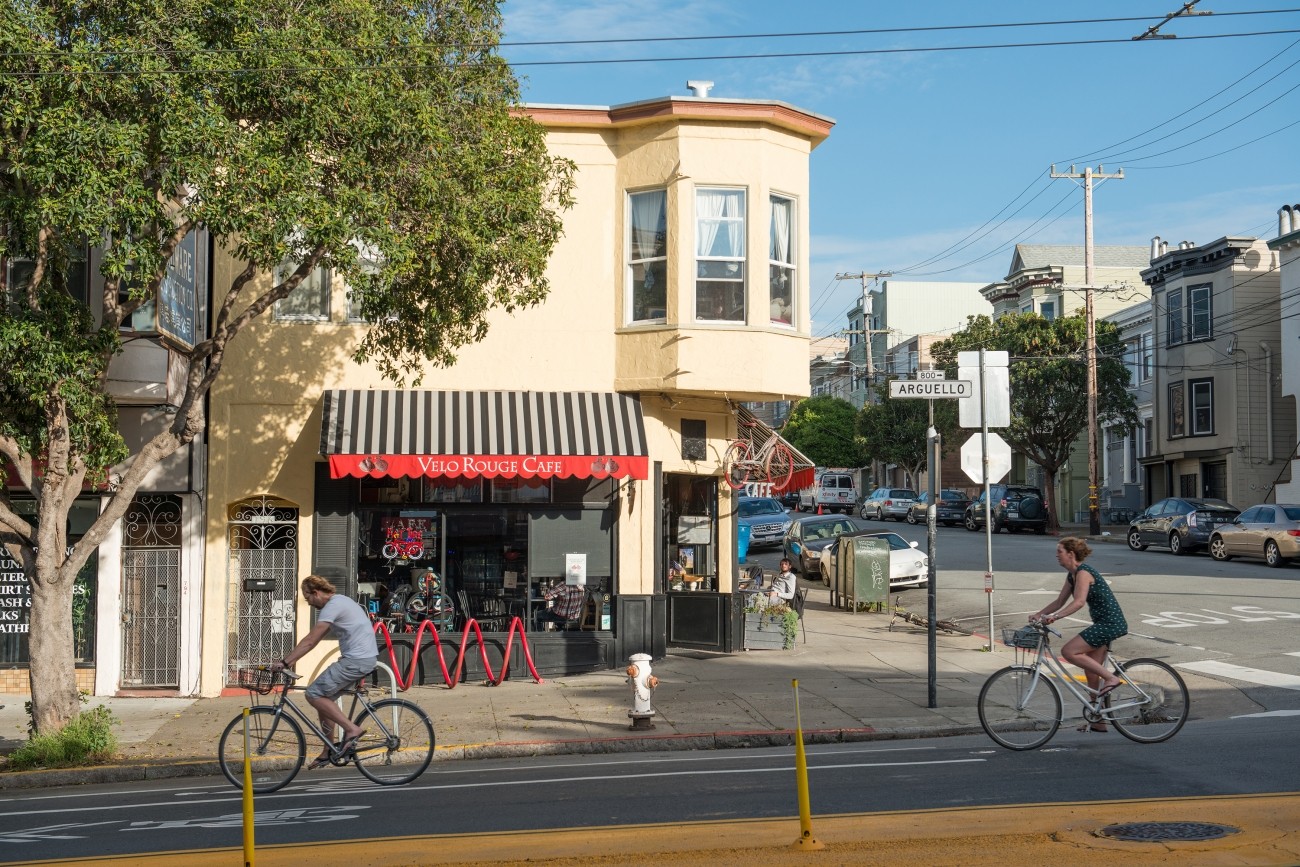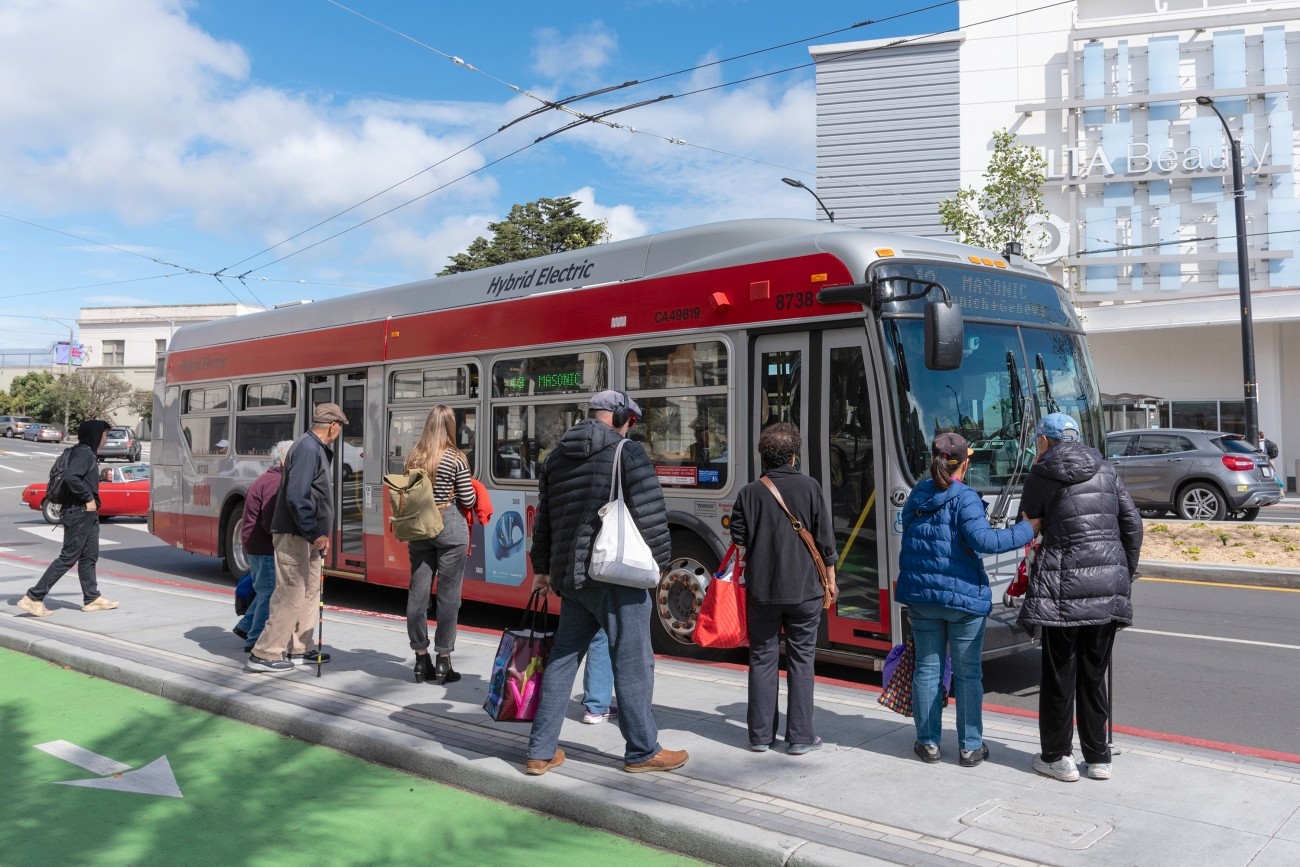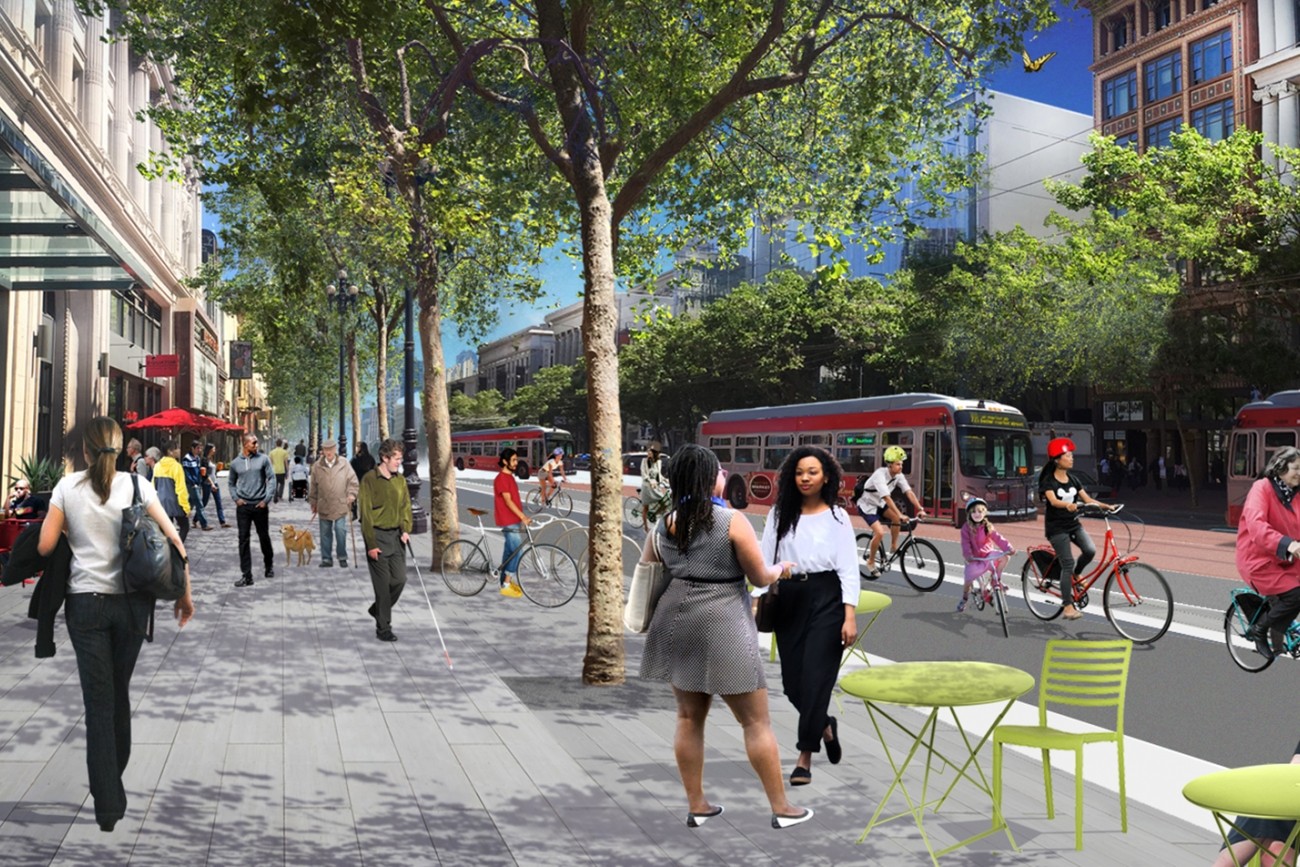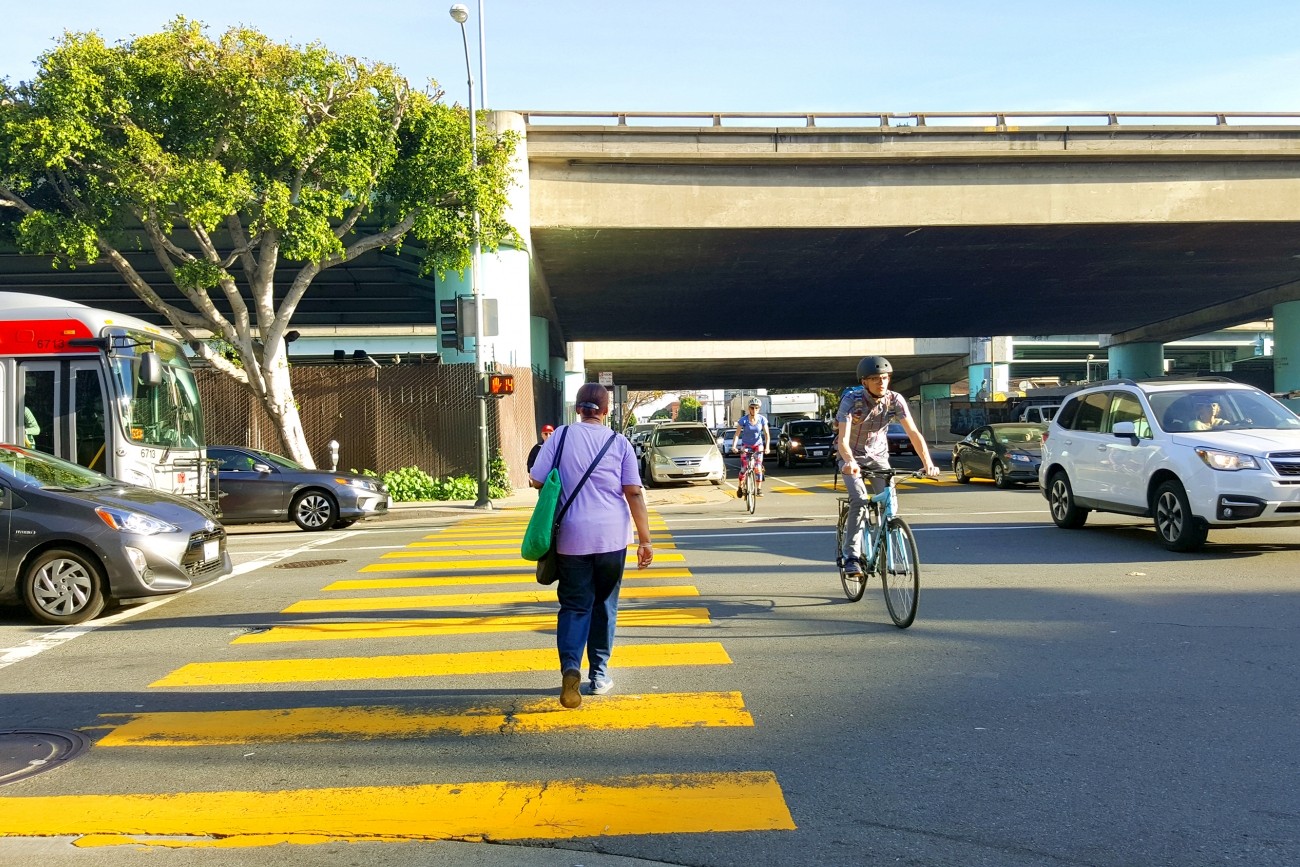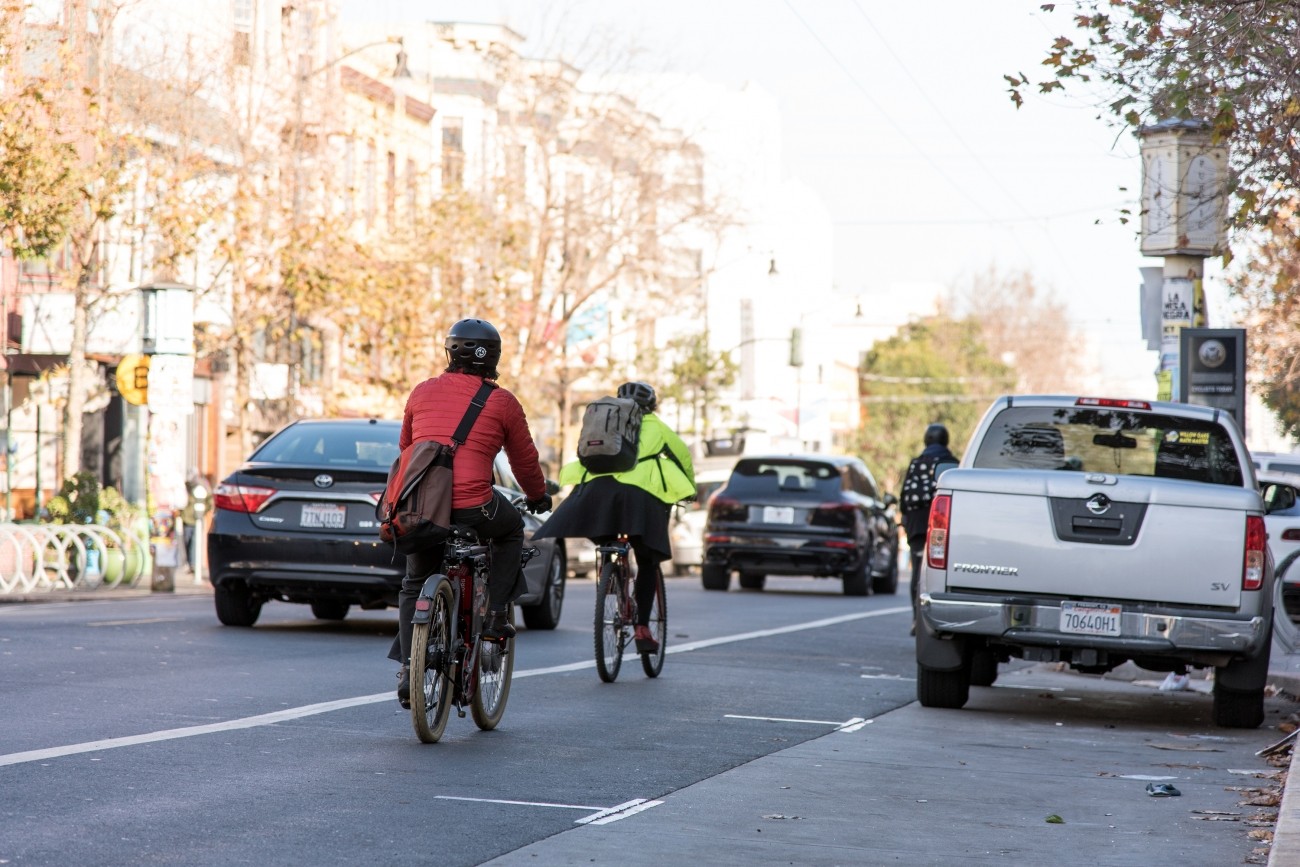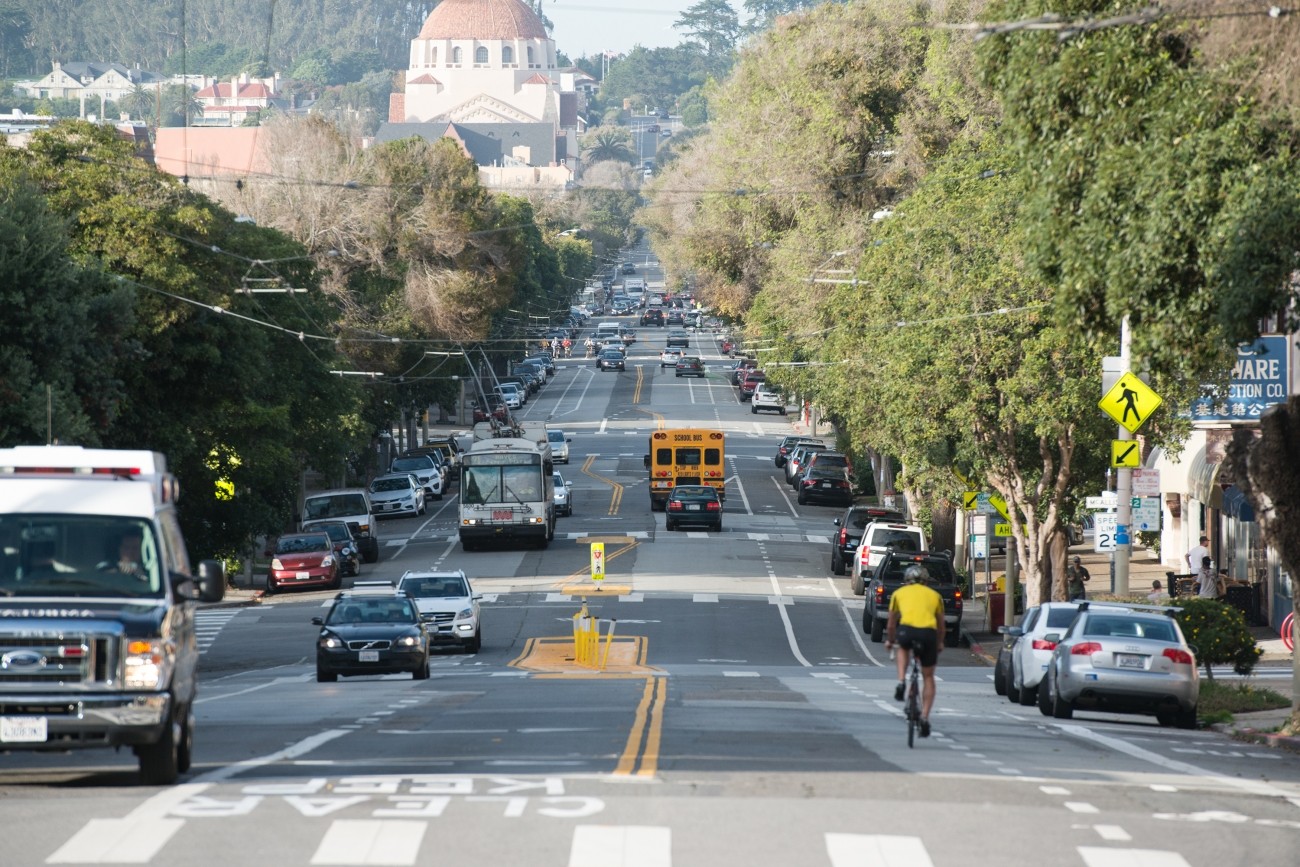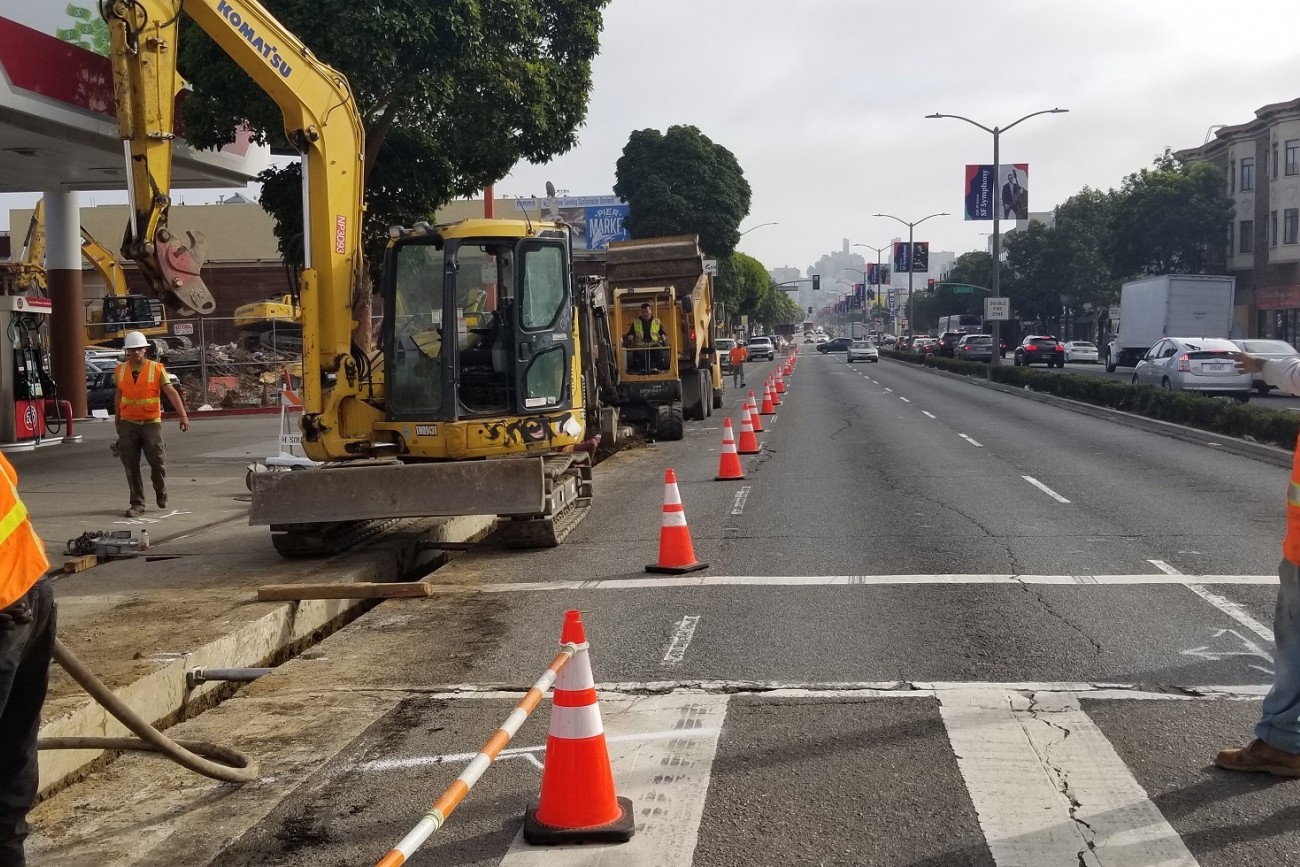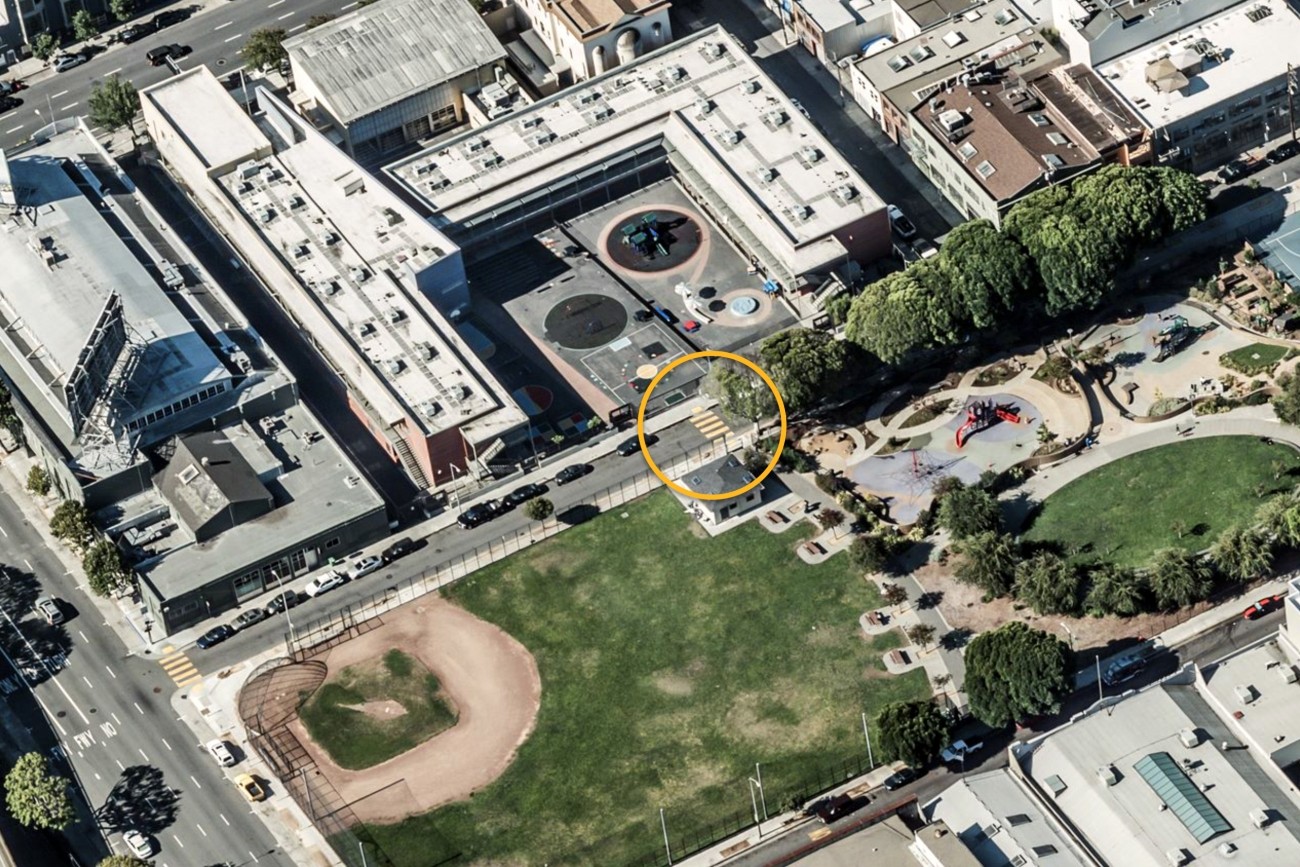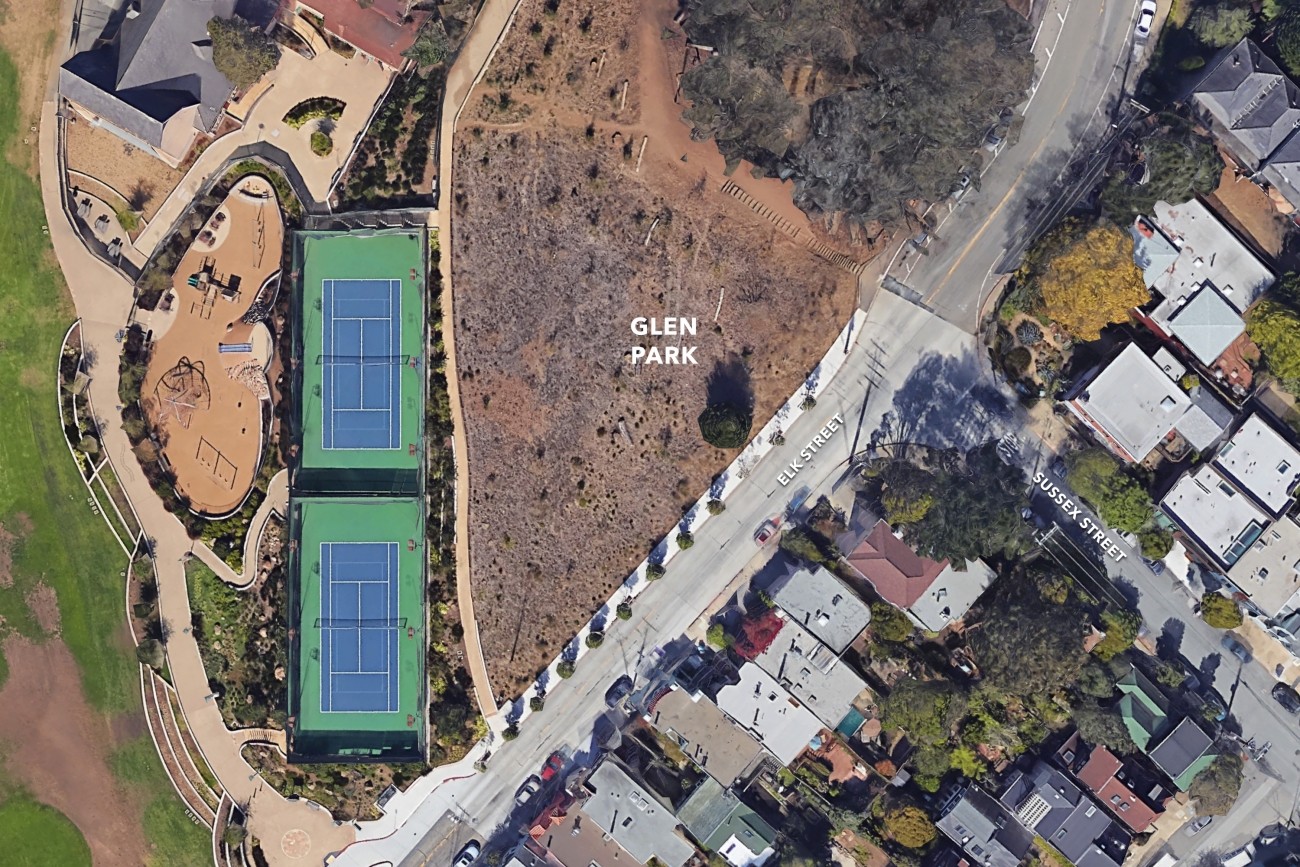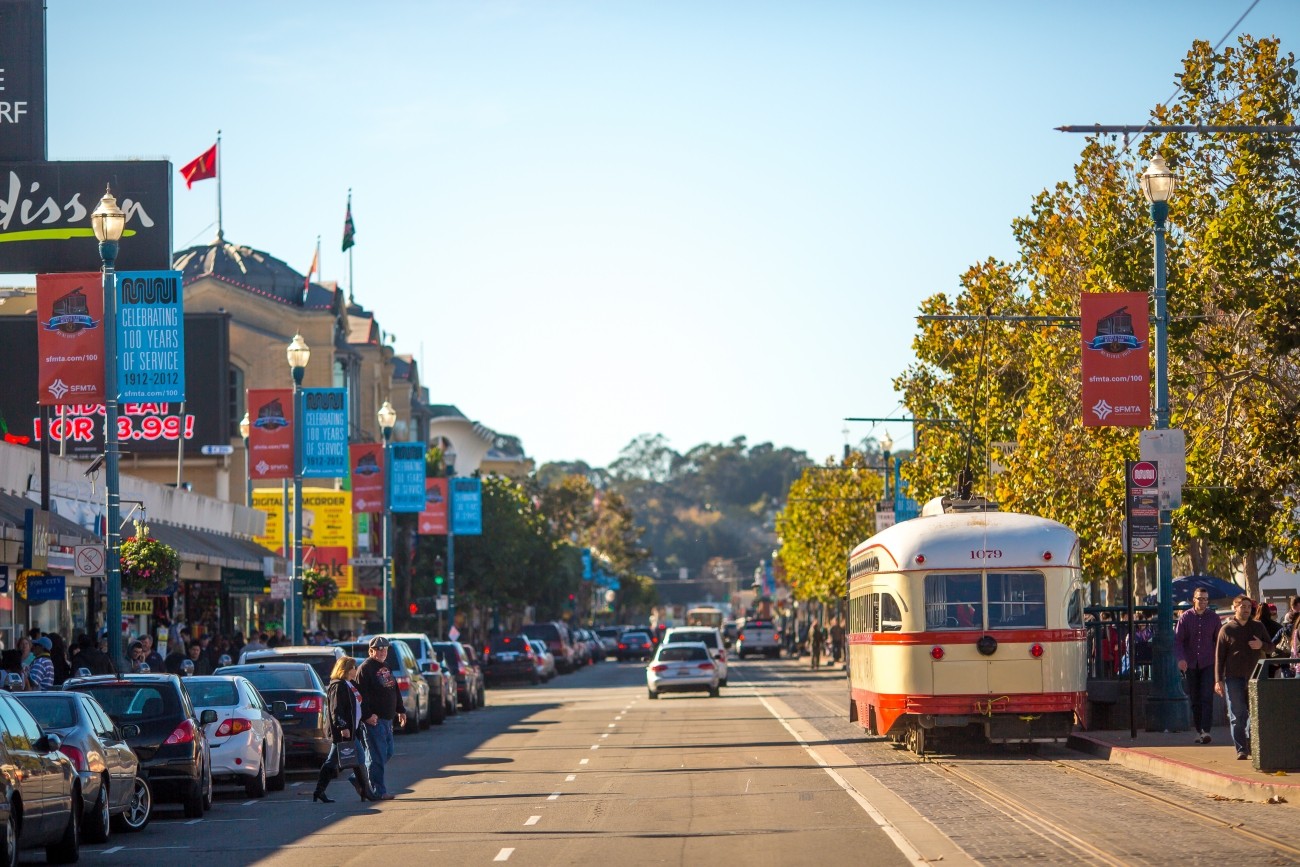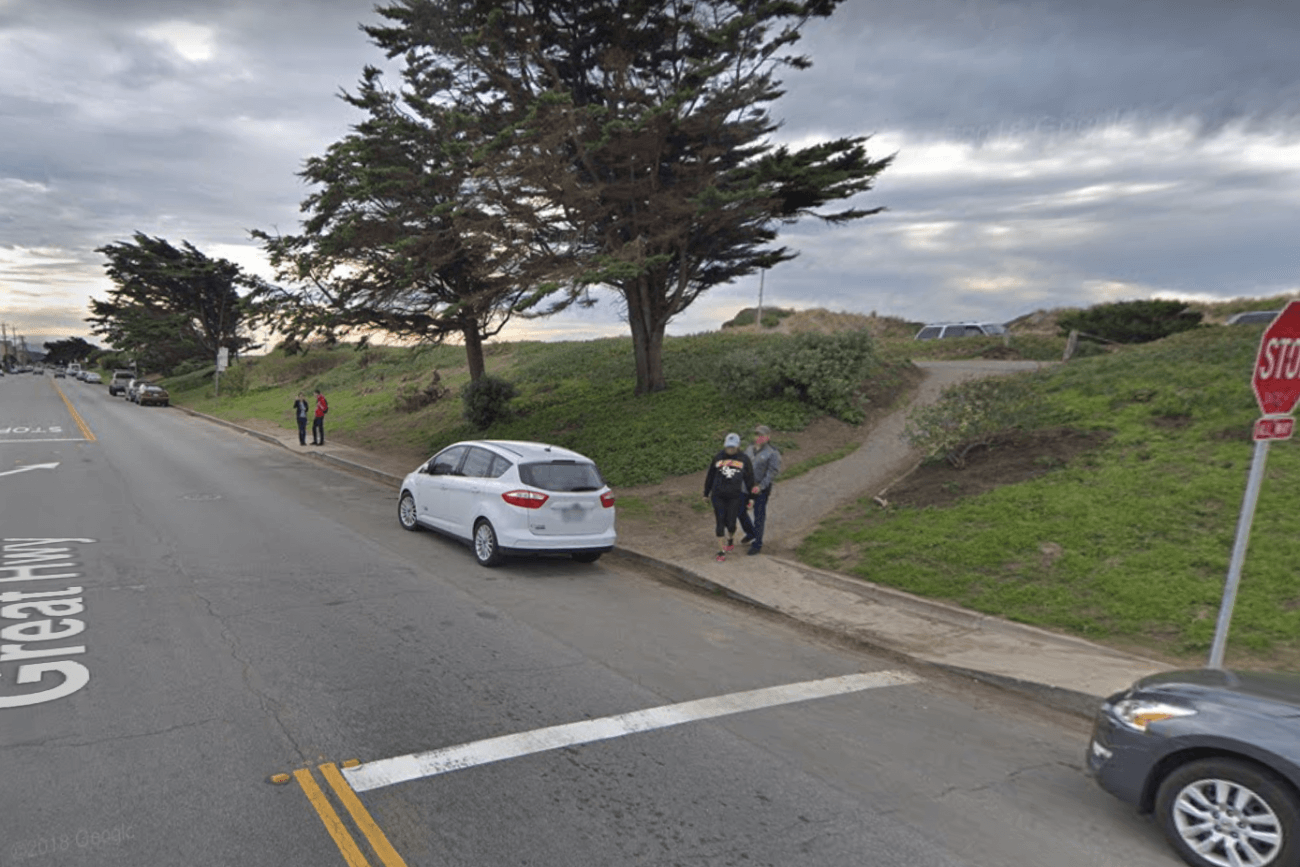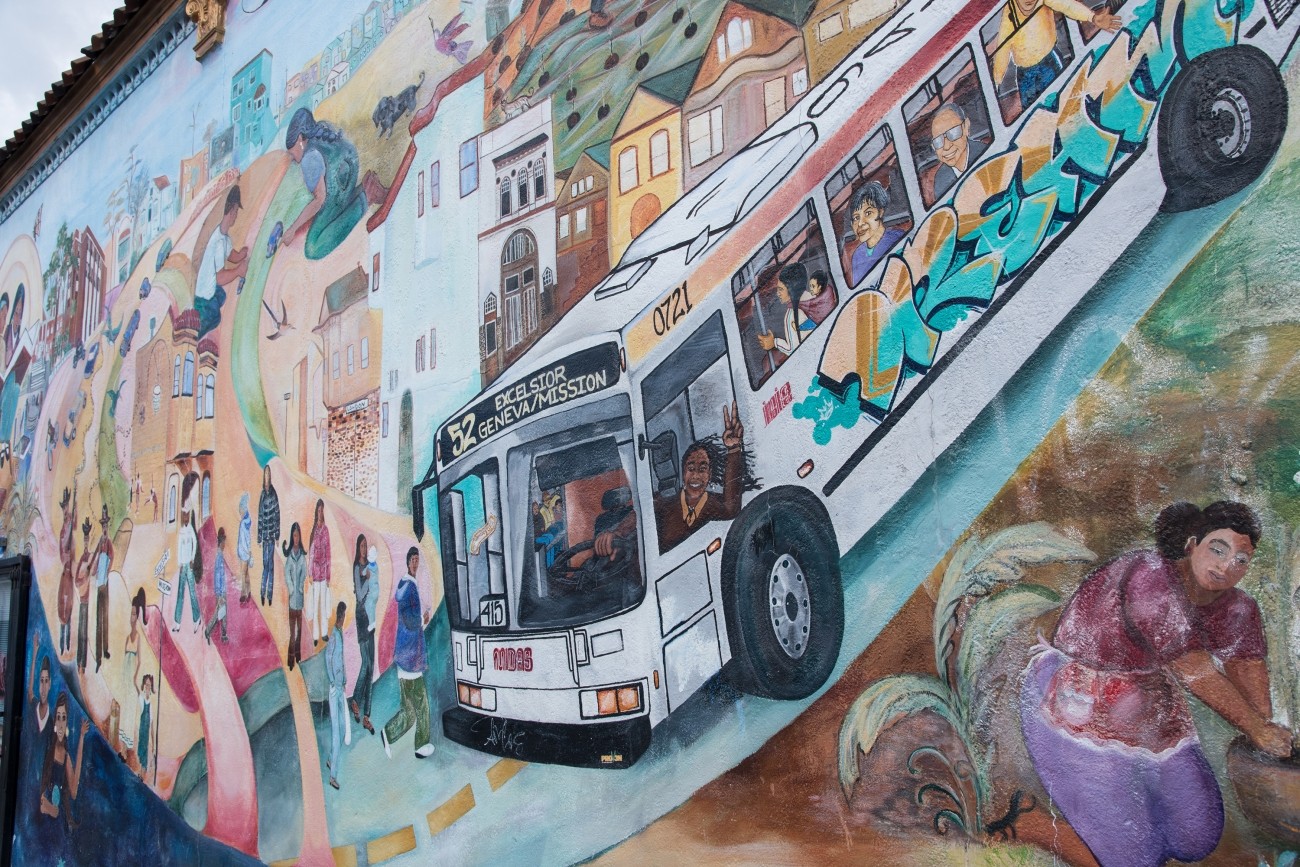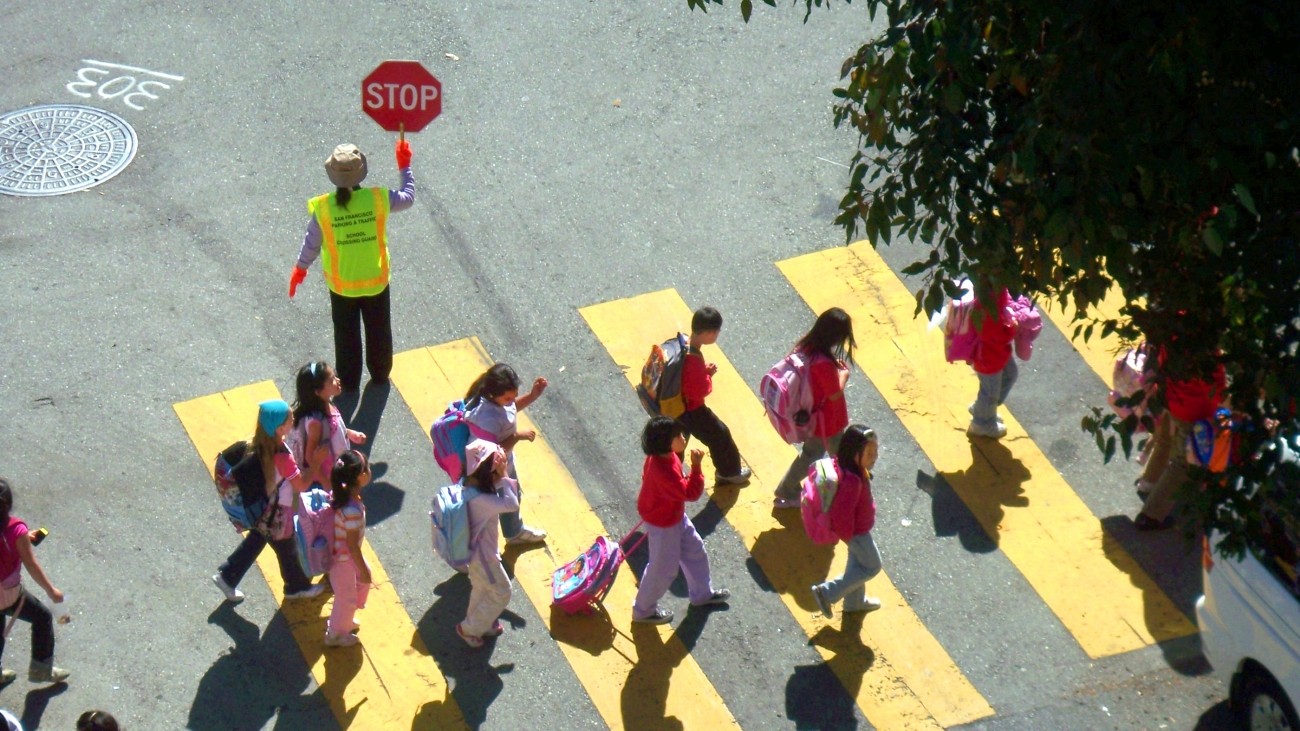
Photo: jeweledlion, flickr
Introduction
In 2014, San Francisco became a Vision Zero City, vowing to eliminate all traffic-related deaths through education, enforcement, and road infrastructure redesign.
Vision Zero uses data-driven strategies that focus on creating safer streets, educating the public, enforcing traffic laws, and advancing transformative policies that save lives.
Funding Vision Zero Projects
The Transportation Authority plays an important role in funding street safety improvement projects through the administration of San Francisco’s half-cent sales tax, Prop AA vehicle registration fee, and Prop D Traffic Congestion Mitigation Tax funds, as well as by prioritizing federal and state funds for San Francisco projects.
The Transportation Authority provides funds for projects that range from speed humps to protected bike lanes, speed limit reduction projects to new and upgraded traffic signals. Many of these projects are focused on safety improvements to the Vision Zero High Injury Network, the 12% of streets accounting for 68% of the City's severe and fatal traffic injuries. We fund major corridor projects like the Folsom-Howard Streetscape Project which will make the South of Market neighborhood a safer and more inviting place to walk, bike, shop, and take transit. The Transportation Authority provides funding to the SFMTA for the Vision Zero Quick-Build Program. Quick-build projects include reversible, adjustable traffic safety improvements, such as roadway and curb paint, traffic delineators, signs, traffic signal timing updates, transit boarding islands, and parking and loading changes. Quick-builds allow near-term implementation of safety improvements while longer-term infrastructure improvements are designed. While the materials and methods used to install improvements make reversal possible, it is not necessarily the intent that treatments will be reversed. We also support SFMTA's application-based traffic calming program, which allows residents who are concerned about speeding on their block to apply for traffic calming improvements for their street. In addition, we lead planning studies in support of Vision Zero, like the Vision Zero Freeway Ramps Study, and support community-based planning efforts through the Neighborhood Program.
Street safety projects funded by the Transportation Authority can be viewed at MyStreetSF.
Speed Safety Camera Pilot
In October 2023, the Governor signed AB 645. This bill authorizes, until January 1, 2032, six cities including the City and County of San Francisco to establish a Speed Safety System Pilot Program if the system meets specified requirements. The bill is fairly prescriptive and establishes authorized camera locations, speed penalties, the type of penalty (civil penalty, not moving violation), to whom penalties are issued (owner of vehicle, not driver), warning period, and metrics for continued operation after 18 months.
AB 645 requires a participating city or city and county to adopt a Speed Safety System Use Policy and a Speed Safety System Impact Report before implementing the program, and requires the participating city or city and county to engage in a public information campaign at least 30 days before implementation of the program, including information relating to when the systems would begin detecting violations, where the systems would be utilized, and where additional information about the program can be obtained. The outreach and education campaign launched in fall 2024, with funding from Prop L to support the campaign’s design and production; multilingual direct outreach around camera locations; media buys for public announcements in major media outlets; project management; and regional coordination. As of June 2025, all 33 speed safety cameras have been installed and activated.
San Francisco Street Safety Act
In September 2025, the Board of Supervisors unanimously adopted the San Francisco Street Safety Act (Resolution 437-25), authored by Chair Melgar. This resolution recommits San Francisco to eliminating severe and fatal traffic crashes, strengthening interagency coordination, and scaling proven safety solutions. The Street Safety Act requires the Transportation Authority to coordinate with the Controller’s Office City Performance Unit to assess effectiveness and completion of core agency responsibilities and to host an annual hearing on the review of street safety progress, challenges, and data.
In December 2025, Mayor Lurie released the Street Safety Executive Directive (25-06) and established the Street Safety Initiative as the next generation of San Francisco's roadway safety strategy. The Directive applies USDOT's Safe System Approach and coordinates City departments responsible for San Francisco’s roadways and transportation system through the Street Safety Initiative Working Group, co-led by SFMTA, San Francisco Department of Public Health, and San Francisco Police Department.
Resources
San Francisco Street Safety Act (Resolution 437-25), September 8, 2025
Mayor Lurie's Street Safety Executive Directive (25-06), December 2025
